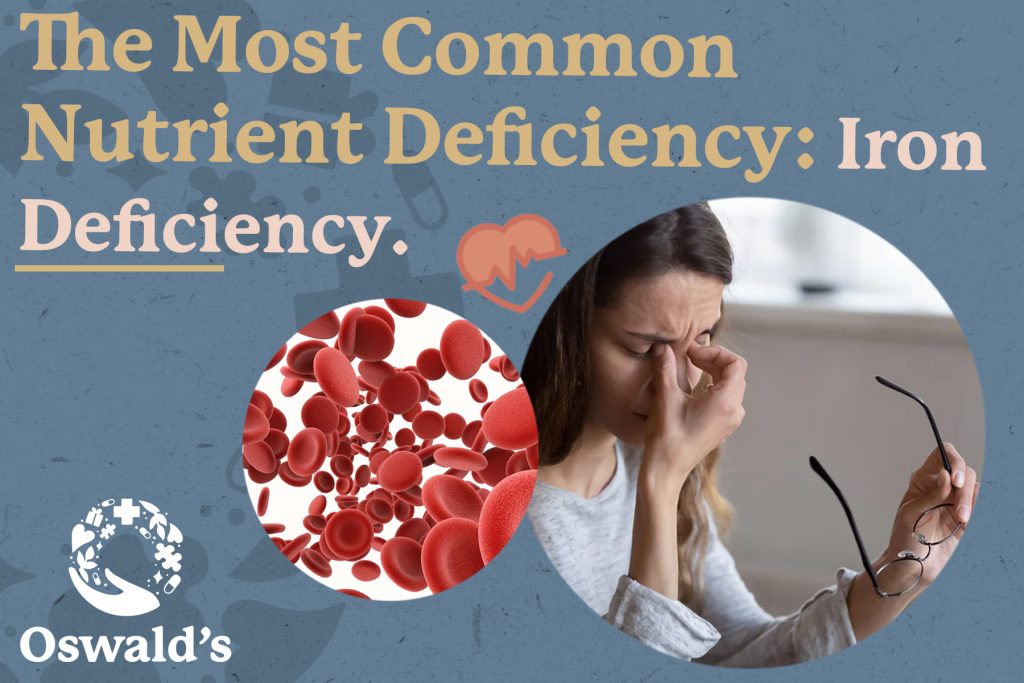Are you feeling fatigued even after a good night’s sleep? Or how about feeling cold when wearing layers of clothing? It could be that your iron levels are low. Iron deficiency is the most common nutrient deficiency worldwide. Low iron can lead to anemia, a blood condition that results in fatigue, weakness, dizziness, and low immune support. The WHO estimates that iron deficiency and anemia affect 42% of children under five and 40% of pregnant women worldwide. Those most likely to experience iron deficiency include teenage girls, very young children, and those on plant-based diets.
Iron is needed to allow your red blood cells to carry oxygen and transport it throughout your body. Low iron can leave you feeling tired and short of breath. Initially, the symptoms can be so mild that it goes unnoticed, but as the body becomes more deficient the signs and symptoms can worsen.
Signs of Anemia
- Extreme fatigue
- Weakness
- Pale skin
- Chest pain, fast heartbeat, or shortness of breath
- Headache, dizziness, or light-headedness
- Cold hands and feet
- Inflammation or soreness of the tongue
- Brittle nails
- Unusual cravings for non-nutritive substances such as ice, dirt, or starch
- Poor appetite, especially in infants and children
If you are feeling any of these symptoms, talk to your doctor and get a blood test. This can be easily resolved with iron supplementation. Do not self-diagnose, as excess iron accumulation can lead to liver damage and other complications. Foods rich in iron include dark green leafy vegetables, beans, red meats, dried fruits, and seafood. Know where you stand on your iron levels and stay healthy!


